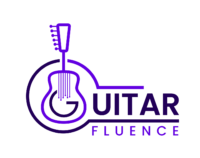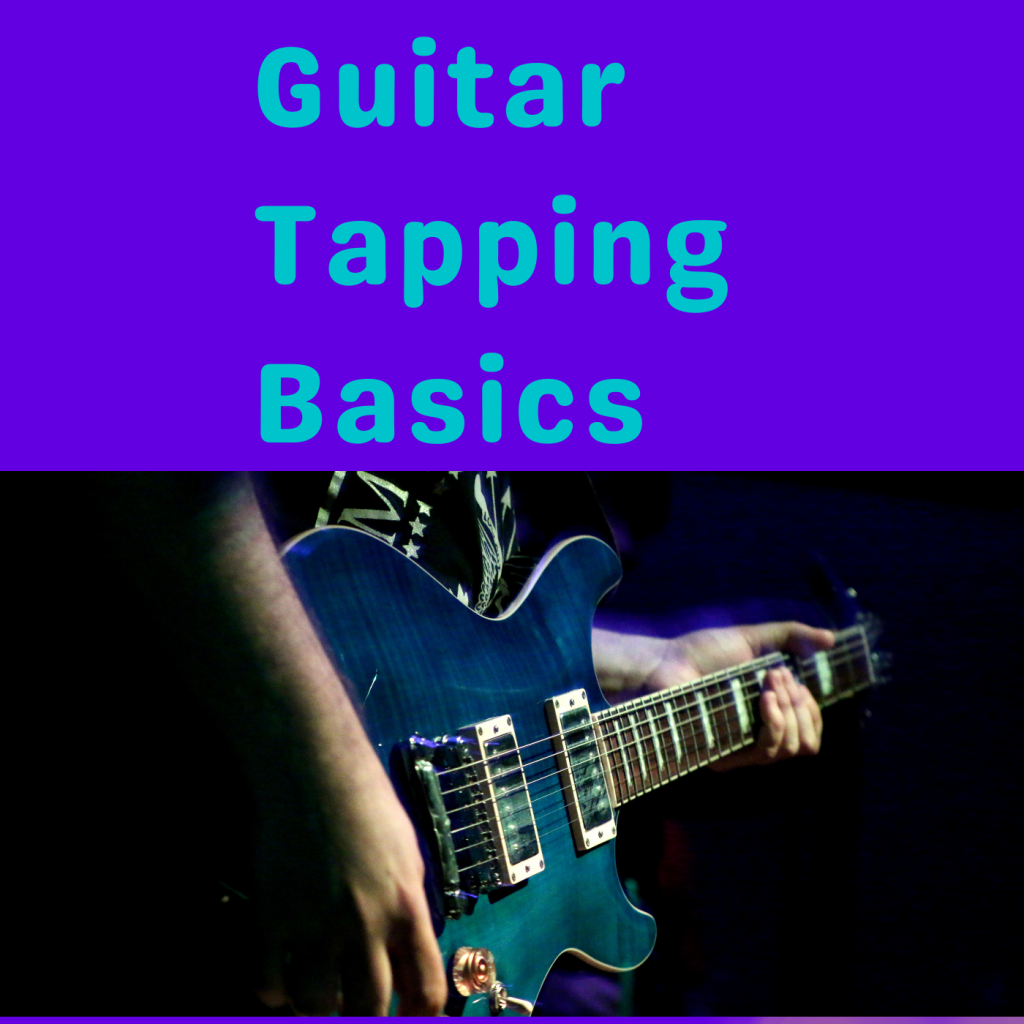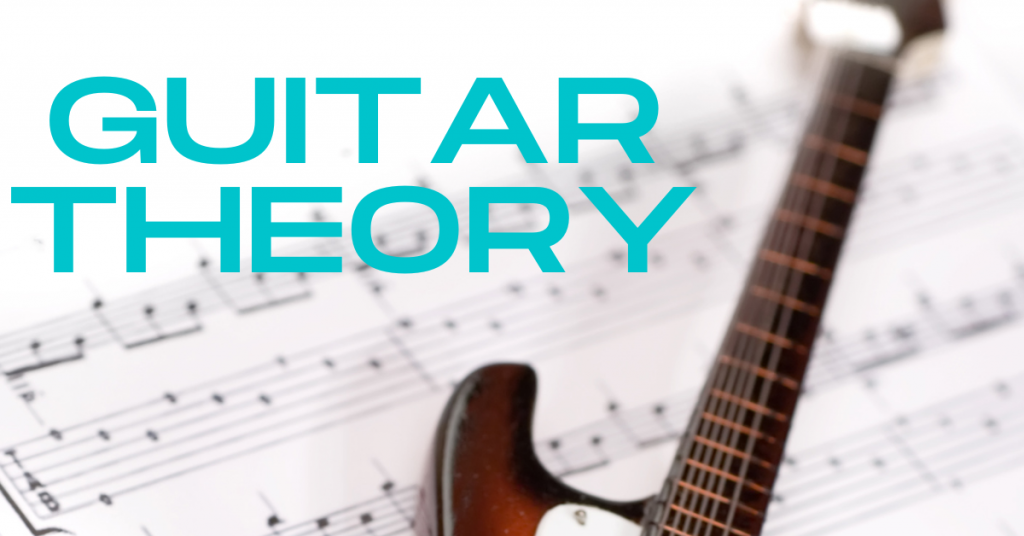Learn about artificial harmonics with this step-by-step artificial harmonics guitar lesson.
You’ll learn the difference between natural and artificial harmonics, how to play them, and tips for applying this extravagant technique.
What is an artificial harmonic on guitar?
An artificial harmonic is a harmonic that is not available naturally, and is produced by fretting a note with the fretting hand, then using the picking hand to lightly press the same note one octave higher.
Again, these harmonics allow you to access notes that aren’t available as natural harmonics, and produce tones generally not heard, which can complement and diversify your compositions or improvisations.
Artificial harmonics guitar tab symbol
The guitar tab/notation symbol for an artificial harmonic is a diamond, ◇.
It may also be notated as [n] or A.H.
Difference between natural and artificial harmonics
Natural harmonics occur in places where notes don’t have to be fretted.
Artificial harmonics require the fretting hand to hold a note while a third party, generally your picking hand, plucks that same note one octave higher.
How to play artificial harmonics
Here’s the easy, step-by-step process to play/hit artificial harmonics.
- Hold a note with your fretting hand, such as fret 2 on the D string.
- Find the fret that’s one octave above the note, which is 12 frets higher. That’d be the 14th fret D in this scenario.
- Using your picking hand, rest your index or middle finger on the fret that’s one octave higher in the same way you’d rest a fretting finger onto a natural harmonic.
- Continuing to rest your index or middle finger on the octave, use your thumb on your picking hand to pluck that same string.
- Release both the fretting and picking hands, which results in a natural harmonic
Artificial harmonics example
An artificial harmonic can be played 12 frets above any fretted note by using the thumb and index/middle finger on the picking hand to play that octave.
I know I mentioned that earlier, but some readers immediately scroll to the example, which is okay, and worth emphasizing again for those readers.
Creating an artificial harmonics guitar tab example helps demonstrate 2 things:
- The artificial harmonics guitar tab/notation symbol, which is the little diamond symbol, ◇
- It only shows the note that the fretting hand plays, and the harmonic symbol implies using the picking hand to create the harmonic

Notice that this is the same example as described in the “How to play” section above.
Artificial harmonics example audio
This audio was produced using midi, and while it may not sound too natural, it definitely demonstrates the note you need to hear upon executing the artificial harmonic.
Tips for mastering guitar artificial harmonics
Distance between thumb and index finger
As you pluck, keeping a greater distance between the thumb and index finger will create a stronger vibration, resulting in a louder, more noticable artificial harmonic.
Try different pickups
If you’re using an electric guitar, make sure you try your harmonics, both artificial and natural, in all pickup positions.
As a general rule your harmonics will ring more clearly and louder on the bridge pickup.
Artificial harmonics are hard
Artificial harmonics can be hard to play for some guitar players due to the awkward picking hand position.
However, despite them being hard for many guitarists, I’ve had guitar students learn and nail this technique in a single lesson.
Having a guitar that’s setup well can help.
The thing that will help you most of all, though, is watching other guitar players perform and use harmonics.
Observing them and attempting to emulate what you’ve observed will lead to you nailing this technique.
What’s next?
Time to move onto new techniques!
I suggest checking out this lesson video I did on pinch harmonics, if you have yet to learn them.
Here are some more technique lessons!
10 Fundamental Metal Guitar Techniques
Top 5 Right Hand Technique Fundamentals
What are Guitar Picking Techniques? Picking Technique Explained



